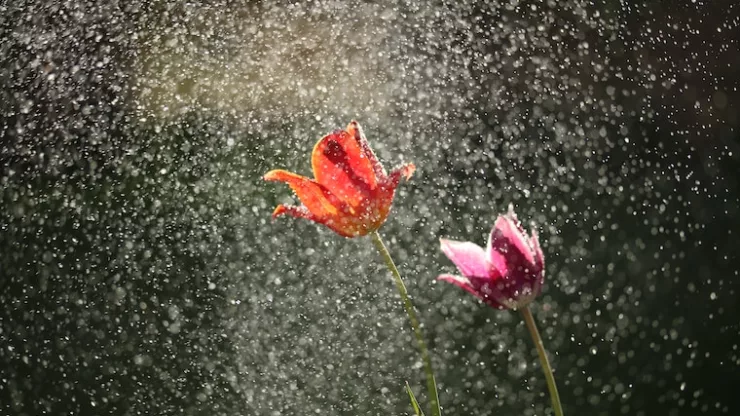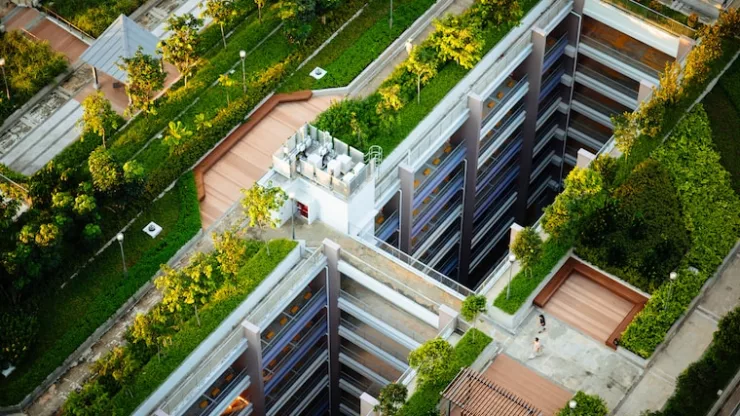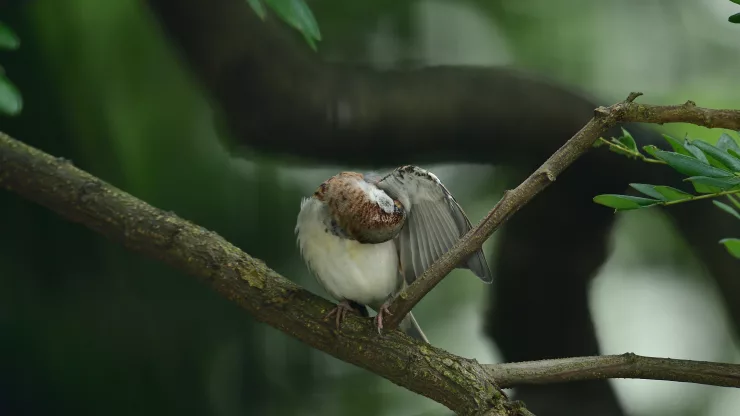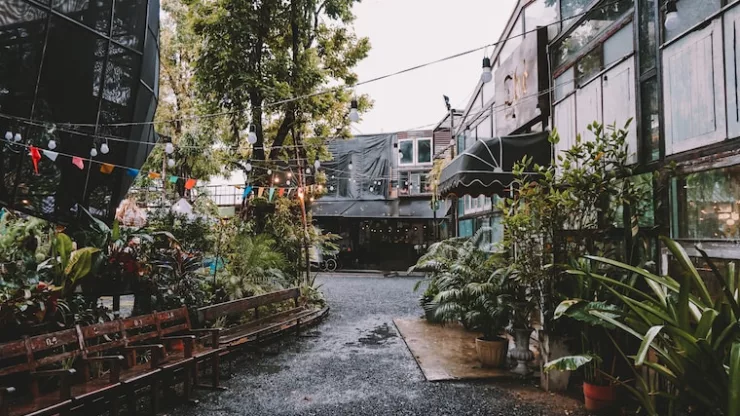With the growing concern for the environment, it is important to create sustainable sanctuaries that protect wildlife and manage stormwater.
One way to do this is by building a rain garden.
Rain gardens are designed to collect and absorb stormwater runoff, while providing habitat for birds, butterflies, and other wildlife.
In this article, we will explore the benefits of rain gardens, how to create one on your property, and how they contribute to a sustainable future.
Jump to Section
Embrace Sustainability: Create a Rain Garden for Wildlife and Stormwater
Rain gardens are an innovative way to manage stormwater runoff.
When it rains, water runs off hard surfaces such as roofs, driveways, and parking lots, into the street and eventually into the sewer system.
This runoff can carry pollutants such as oil, pesticides, and fertilizers into our waterways.
By building a rain garden, you can capture this runoff and allow it to infiltrate into the ground, filtering out pollutants and recharging the groundwater.
In addition to managing stormwater, rain gardens provide habitat for wildlife.
The plants in a rain garden attract birds, butterflies, and other pollinators.
These animals help to increase biodiversity and promote a healthy ecosystem.
Rain gardens also provide a beautiful and low-maintenance landscaping option.
They require less mowing, watering, and fertilizing than traditional lawns, which reduces your carbon footprint.
Creating a rain garden is simple and straightforward.
Choose a location on your property that is at least 10 feet away from your house, and in a low-lying area where water naturally collects.
Dig a shallow depression, about 6 inches deep, and plant native plants that can tolerate both wet and dry conditions.
These plants will help to absorb the water and filter out pollutants.
Be sure to choose plants that are appropriate for your region and soil type.
Protect the Environment: Build a Sustainable Sanctuary with a Rain Garden
Building a rain garden is not only beneficial for the environment, but it can also increase the value of your property.
A well-designed rain garden can be an attractive and functional addition to your landscaping.
Rain gardens can also prevent erosion and reduce the risk of flooding.
By capturing and absorbing stormwater runoff, rain gardens can help to reduce the amount of water that enters our storm sewer system, which reduces the risk of flash flooding in your area.
When designing your rain garden, it is important to choose the right plants for your region.
Native plants are always the best choice, as they are adapted to the local climate and soil conditions.
These plants require less water and fertilizer than non-native plants, which reduces your carbon footprint and saves you money on landscaping costs.
Native plants also provide habitat for wildlife, which enhances the biodiversity of your property.
In conclusion, rain gardens are an effective way to manage stormwater runoff, protect the environment, and create a sustainable sanctuary for wildlife.
By building a rain garden, you can reduce your carbon footprint, increase the value of your property, and promote a healthy ecosystem.
With a little bit of planning and effort, you can create a beautiful and functional rain garden that will provide benefits for years to come.
So, embrace sustainability and start building your rain garden today!
I’m a nature enthusiast and creator of Metro Wilds and have spent years exploring the great outdoors.
With a passion for environmental conservation and sustainability, I have dedicated my career to writing about the beauty and wonders of nature, as well as the threats facing our planet.
Contact me at [email protected] for assistance.





